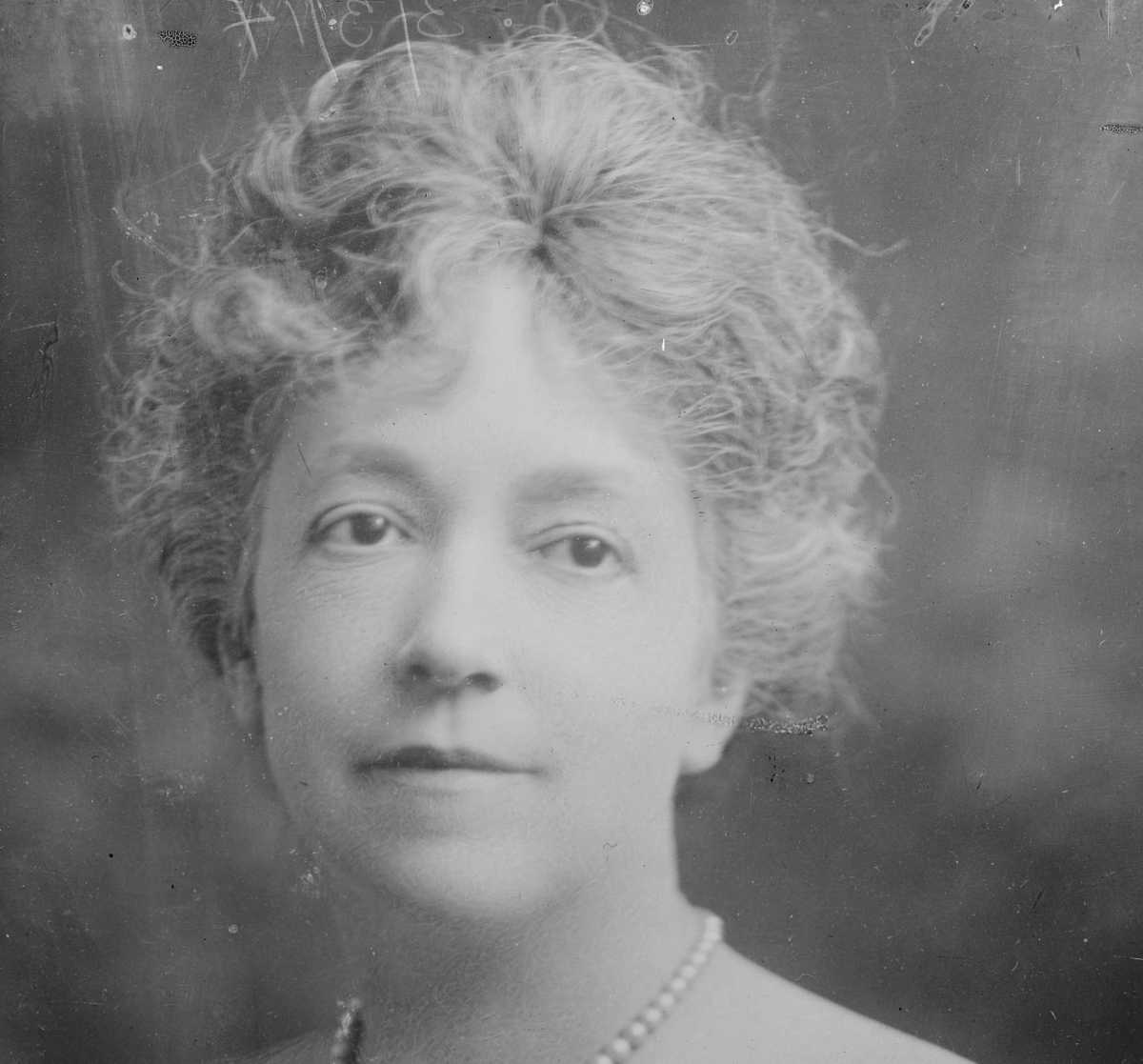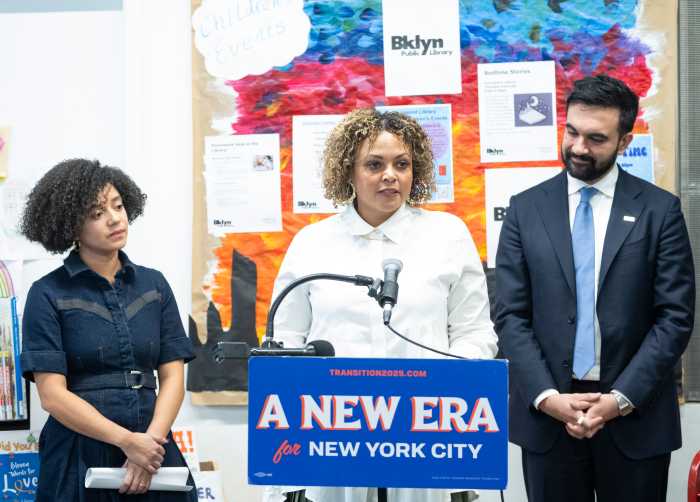Before gay men took interior design up a notch, there was the mother of American interior design, Elsie de Wolfe — and she was a lesbian.
It was her calling. In de Wolfe’s own words, she was “a rebel in an ugly world.”
In her memoir, “After All: The Autobiography of Cosmopolitan Society’s Most Famous Personage,” published in 1935, she famously recalled the moment she became intensely aware of ugliness: Her parents redecorated their New York City brownstone home with William Morris wallpaper, a “design of gray palm-leaves and splotches of bright red and green on a background of dull tan,” she wrote.
Throwing a tantrum she screamed, “It’s so ugly!”
Victorians loved deep rich dark colors covering their walls with dark wallpaper and wood paneling, hanging heavy velvets on windows, and filling every space.
“I was an ugly child. I lived in an ugly age,” de Wolfe wrote in her autobiography. “From the moment I was conscious of ugliness…my one preoccupation was to find my way out of it.”
She did get out of it. De Wolfe, who is also known as “The Chintz Lady,” broke away from the dark cluttered Victorian décor and brought light into modern homes as a modern woman of her era.
With encouragement, coaching, and connections from her life partner, the trailblazing theatrical agent, Elisabeth “Bessie” Marbury, De Wolfe, 40 years old at the time, left her theater career and leaned into her decorating talents. She put her vision on display at The Colony Club, America’s first exclusive women’s club.
The club’s décor was highly criticized and a hit in New York society and in the press. After designing the club, De Wolfe became highly sought after by America’s nouveau riche from the Vanderbilts and Morgans to royalty, the Duke and Dutchess of Windsor. It catapulted her career as possibly American’s first professional interior designer.
De Wolfe’s queer eye for beauty, touted in her 1913 interior design book, “The House in Good Taste,” continues to be a mainstay in interior design that is replicated today. She believed in lighting up rooms, bringing nature indoors, blending the new with a touch of the old, mixing florals and refined geometries creating purposeful chaos, and comfort for living. She also stood out from home décor advice geared toward the wealthy, like in Edith Wharton and Ogden Codman’s 1897 interior design book, “The Decoration of Houses.” She believed that everyone could develop good taste and create beautiful luxurious spaces, big and small, even on a budget.
“Good taste can be developed in anyone, just as surely as good manners are possible to anyone. And good taste is as necessary as good manners,” The New Yorker quoted De Wolfe.
As you move into your new home or consider refreshing your home for the forthcoming holidays this fall, de Wolfe’s home decorating aesthetic and advice is timeless: Keep it simple and practical, from the pieces and colors selected, to stay within your budget. Most of all, make sure the room or home reflects your personality, no matter what is trendy.

































